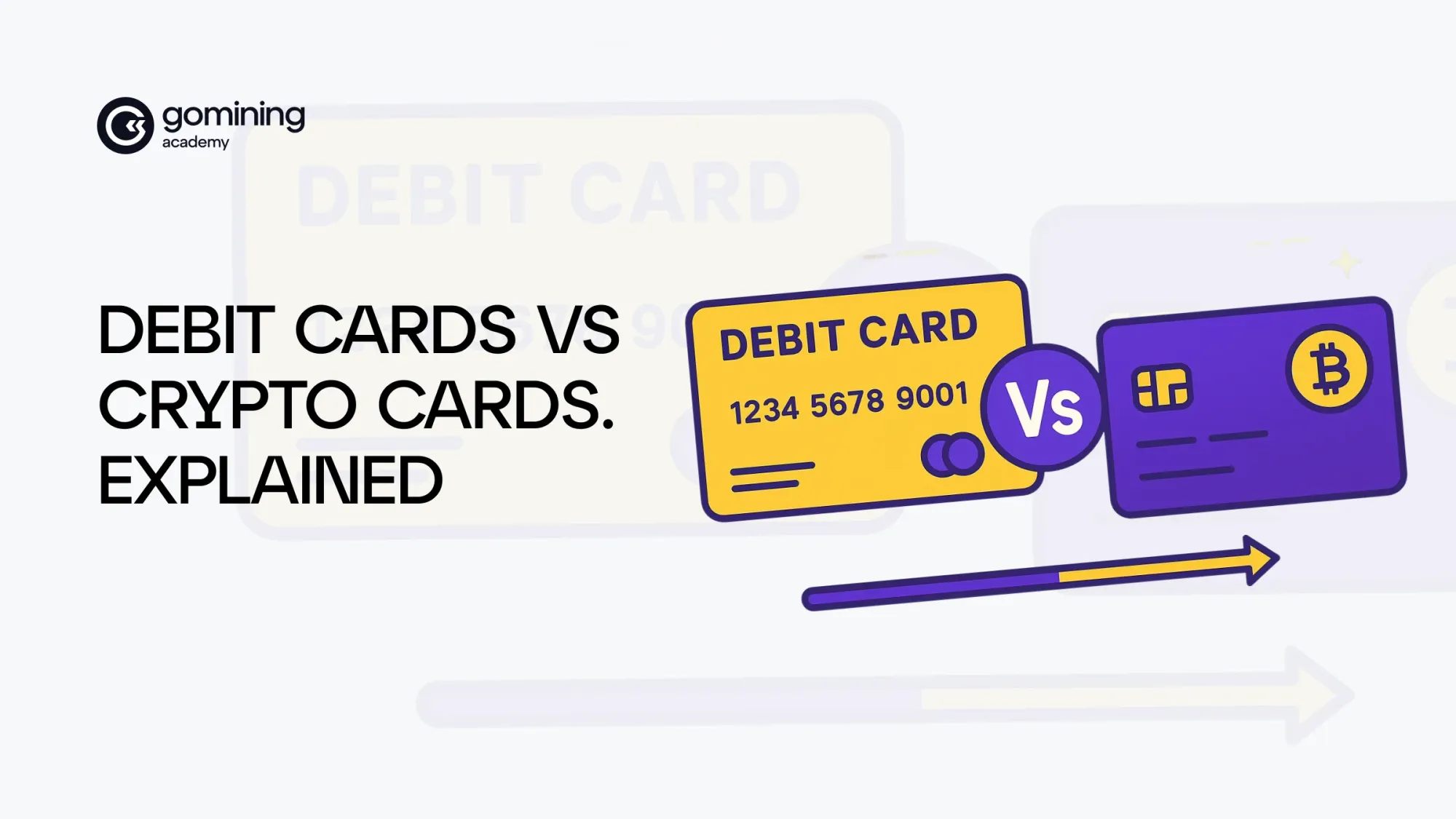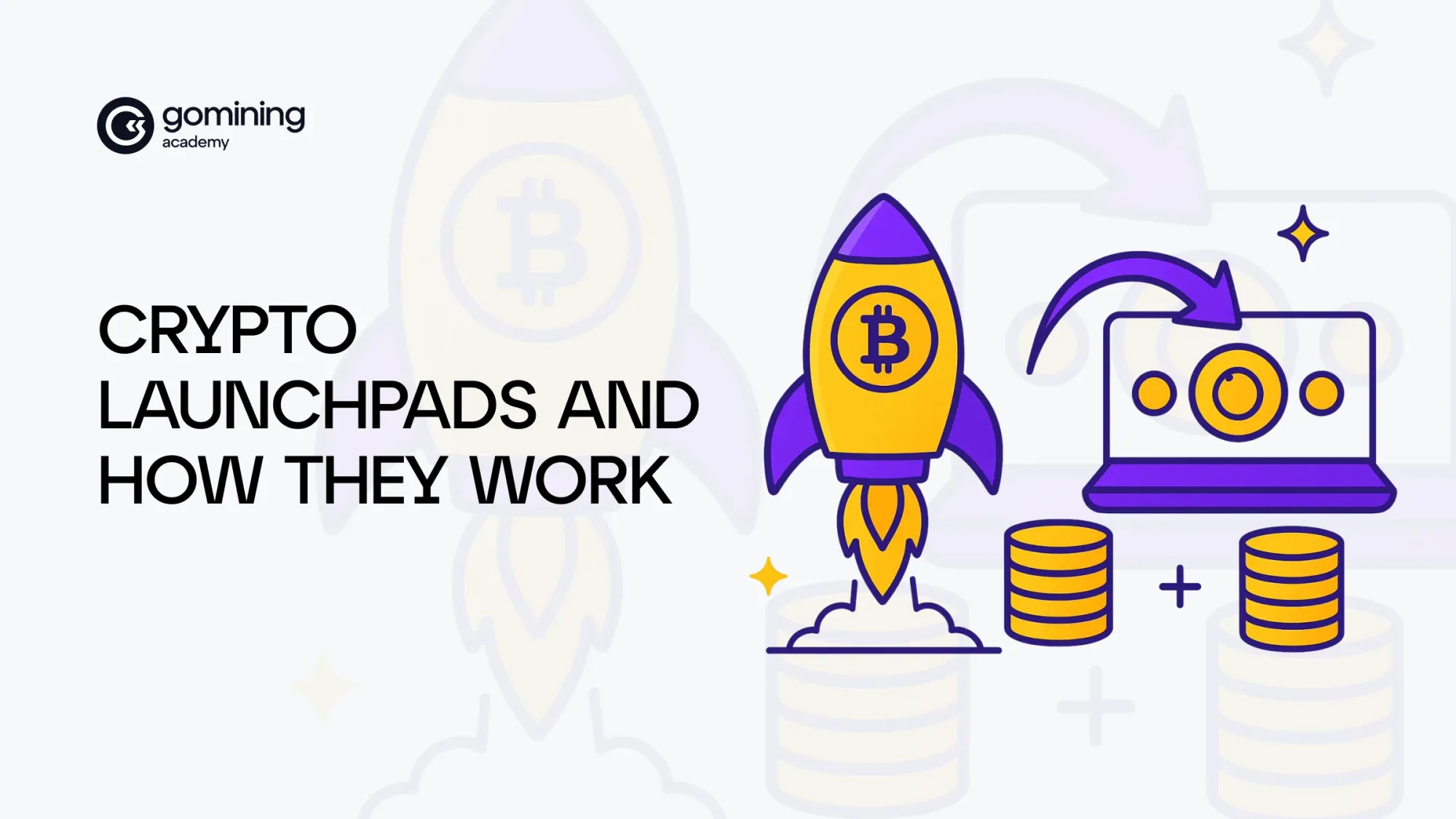Top Bitcoin Mining Machines (2025 Guide)
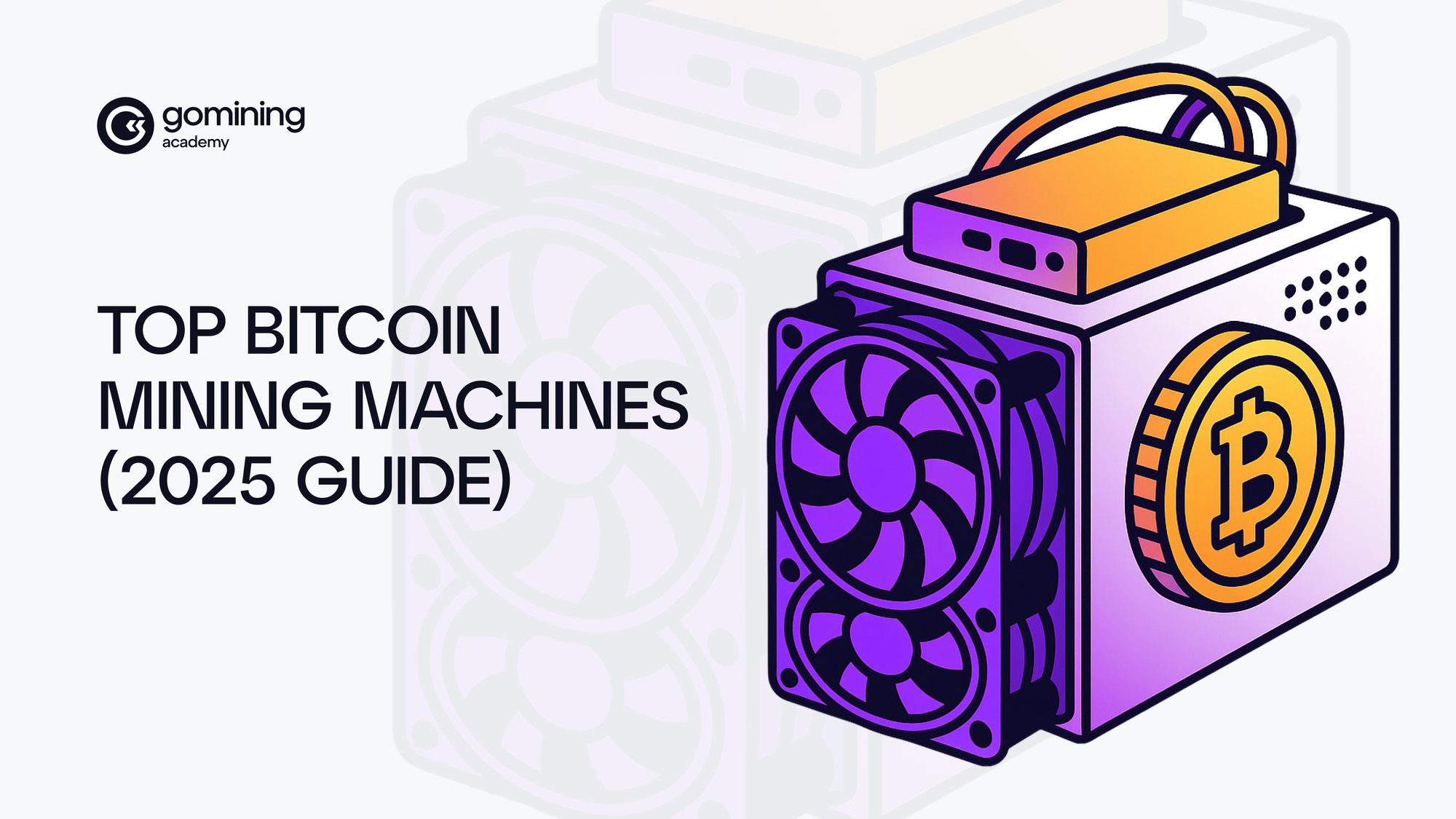
The (Not-So) Mystery of BTC Mining Machines
If someone handed you a strange, humming box and said, “This machine can earn you Bitcoin,” what would you imagine is inside?
A money printer? A digital pickaxe? A buzzing, blinking supercomputer?
Most people have no idea how mining machines actually work — and no clue how to choose one that makes sense for them. Maybe you’ve heard friends talk about “hashrates” or “mining farms” and nodded along, still unsure how all the pieces fit. That ends here.
This guide is your shortcut to understanding what a mining machine really is, which models are worth buying in 2025 and why.
Table of Contents
- What is a Bitcoin Mining Machine, really?
- How Bitcoin Mining Machine Works (no PhD required)
- What Makes a Good Crypto Mining Machine…Good?
- Best BTC Mining Machine of 2025, The Countdown
- How Much Does a Bitcoin Mining Machine Cost?
- Bitcoin Mining Machine Profit: The Big Reveal
- Small vs Big Mining Machines: What You Should Know?
- Mining Machine, Should You Even Buy One?
What is a Bitcoin Mining Machine, really?
Let’s start with what it’s not: a money printer. And it doesn’t “make” Bitcoin out of thin air. A Bitcoin mining machine earns Bitcoin by doing real work — non-stop.
Think of it like a robot in a global Rubik’s Cube race. Millions of machines, each twisting and guessing at high speed, trying to crack a puzzle before anyone else. Every guess burns electricity. The first to solve it? Wins the Bitcoin.
👉 That’s what mining really is: solving digital puzzles at lightning speed, with real-world energy on the line.
How Bitcoin Mining Machine Works (no PhD required)
Every 10 minutes, the Bitcoin network throws out a new puzzle. The rules are simple: Guess the right number, and you earn Bitcoin. But solving it? That’s the hard part.
Mining machines race through billions of guesses per second. Most fail. But eventually, one lands a perfect match. The answer gets broadcast instantly, verified by everyone, and the next puzzle begins.
And as more players join the race, the puzzles get harder, on purpose. It’s built into Bitcoin to keep things fair and steady. No matter how fast machines get, the network slows them down.
Every twist costs energy. The harder the puzzle, the more energy is burned before someone wins.
Bitcoin miners don’t make free money. They work for it — racing through guesses, burning real electricity with every attempt, and adding a block of transactions to the blockchain.
What Makes a Good Crypto Mining Machine… Good?
Faster machines have better odds of earning Bitcoin — but only if they’re not wasting energy (or overheating your living room). Let’s break it down:
Hashrate = Speed
Measured in terahashes per second (TH/s), it tells you how many guesses your miner makes every second. More TH/s = more chances to win.
Power Use = Cost
A fast machine that burns too much electricity can kill your profits. That’s why smart miners look at efficiency, not just speed.
Efficiency = Edge
Measured in Joules per terahash (J/TH), this tells you how much energy it takes to make a guess. Lower J/TH means lower costs — and better margins. In 2025, top machines score under 10 J/TH.
ASIC vs GPU — The Puzzle Players
Let’s meet the two main types of cryptocurrency mining machines you’ll find in the countdown:
The Bitcoin Mining ASIC: Laser-Focused Specialist
ASIC stands for Application-Specific Integrated Circuit. It’s a chip designed for one job only: mining Bitcoin — fast, efficient, and built for the win. This is what industrial farms use. If Bitcoin is your only goal, this is your player.
The GPU: The Jack of All Coins
GPU stands for Graphics Processing Unit. It’s flexible, and great for altcoins and gaming, but not built for Bitcoin’s brutal race. Can it mine BTC? Yes. Should it? Not if you’re chasing long-term rewards.
💡 Wait, what about the Bitcoin mining machine 4090?
Maybe you saw that Reddit-famous solo GPU miner who earned $330,000 from a single block. Actually, they rented massive hashrate from a mining pool — just long enough to get lucky. Because even a mighty GPU like 4090 burns more power than it’s worth in Bitcoin mining.
Bottom line: The 4090 is a beast for games and altcoins. For BTC? ASIC wins every time.
But for many miners, it’s not just about what their machine can do — it’s also about how it reflects who they are. There’s a whole subculture where mining meets personal style — from the classic Bitcoin mining machine RGB setup that pulses with Bitcoin’s price, to digital art that reflects a miner’s identity. For some, that identity extends into competitive platforms like Miner Wars, blending strategy, community, and mining rewards. Some enthusiasts collect GoMining digital avatars or explore GoMining avatar collections, blending improved mining rewards with creative expression.
In the end, the best crypto miner machine isn’t just the fastest. It’s the one that fits your space, power, and profit plan — and feels right for the kind of miner you want to be.
Best BTC Mining Machine of 2025, The Countdown
So, you’re ready to mine. But which machine actually fits your mission?
Is it the one with massive power? The one that hums along quietly in the corner? Or the one that gives you the best bang for your buck, without turning your garage into a sauna?
The truth? There’s no one best crypto miner machine. That’s why instead of talking about “the best” miner, we put together the lineup of 2025’s top Bitcoin miners side by side so you can spot the right fit for your setup, budget, and sanity (your neighbors will thank you).
How this countdown works: Each machine is a player in Bitcoin’s endless puzzle race. Here’s what matters:
- Speed (hashrate) — the more guesses per second, the better the odds of earning Bitcoin
- Efficiency (J/TH) — the lower, the smarter: how much electricity burned per trillion guesses
- Noise level (Neighbor Rage Level) — because mining can feel like living next to a jet engine
- Price — because budget matters
- Why Care? — plain-English insight into why each rig might (or might not) suit you
Noise Level Guide (Neighbor Rage Scale)
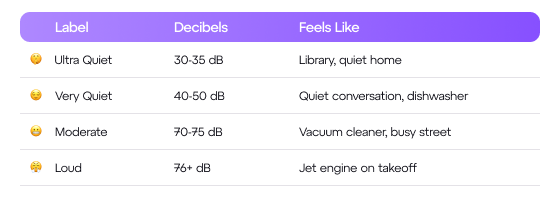
Now, let’s count down. Which one’s the hero for your setup?
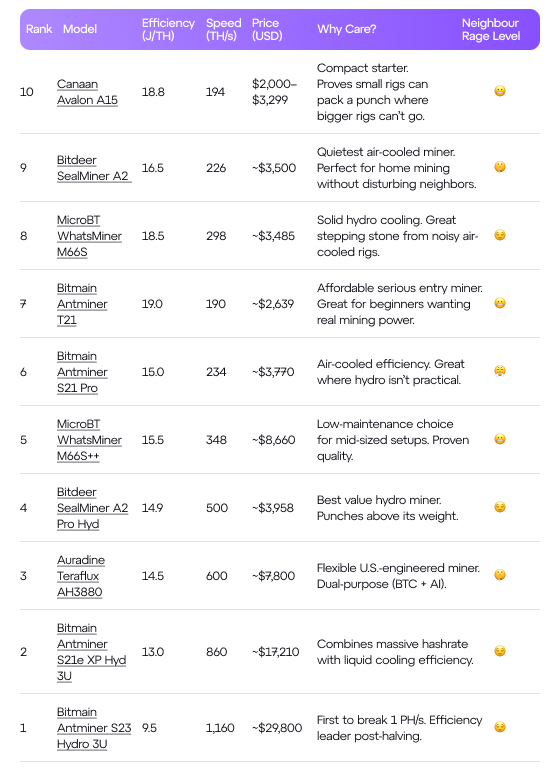
Bonus Insights: What the Table Doesn’t Show
You’ve just seen the specs — but here’s what most mining guides won’t tell you:
- Best bang for your buck? It’s not the most expensive miner.The SealMiner A2 Pro Hyd gives you an impressive hashrate per dollar, proof that value often hides in the mid-tier.
- Speed means little if power costs are high: A fast machine on expensive electricity might earn less than a slower one on cheap power. Smart miners always run the math for their location.
- The rise of AI in mining is changing the game — see how AI for Bitcoin mining is boosting efficiency in 2025.
How Much Does a Bitcoin Mining Machine Cost?
When people ask “What’s the Bitcoin mining machine price?” they’re usually thinking about the upfront cost. But the real expense of mining includes far more than just the machine itself.
Sure — you can grab a compact crypto miner for a few thousand dollars, or spend $30,000+ on an industrial powerhouse like the S23 Hydro. But the machine’s price is just the start. The real costs come from the power it uses, the cooling it needs, and the setup that keeps it running.
Before you click “buy now,” let’s break down what makes up the true fee — and how smart miners think about value, not just price.
Electricity — The Hidden Giant
This is where new miners get caught out. Think of your crypto mining machine like a high-performance car: the price matters, but the fuel (electricity) can empty your wallet faster than you earn.
Would you buy a sports car if gas cost $10 a gallon near you? A miner without affordable electricity is the same trap.
Surprise stat: Many hobbyists report that electricity eats up 50% or more of their mining income, even with efficient machines.
Setup and Infrastructure — The Overlooked Cost
Big mining machines, especially hydro-cooled ones, don’t just need power — they need proper cooling systems, space, and electrical upgrades. Some miners rent hosting facilities that handle all this, but of course, that’s another cost on top.
💡 Niche fact: A miner once shared how their “bargain” machine cost them $500/month just in cooling upgrades — more than the machine itself.
What Smart Buyers Watch For
- The sticker price of the machine
- Your local electricity rate
- What setup or hosting you actually need
So, if you’re ever tempted by that used ASIC on eBay for the price of a PlayStation. There’s usually a reason it’s so cheap — someone probably learned the hard way that electricity costs can kill profits.
Bitcoin Mining Machine Profit (Daily, Monthly, Yearly)
So, how much can a Bitcoin mining machine actually earn you?
In 2025, it’s not just about hashrate anymore. Mining is tougher, pricier, and far more competitive than in previous years.
Let’s look at the numbers.
- Production costs are up — It now costs around $70,000 to mine a single Bitcoin, a 35% jump from last year.
- Electricity is pricier — Global average rates doubled from $0.041 to $0.081/kWh in just 12 months.
- Block rewards halved — After the 2024 halving, miners now earn 3.125 BTC per block instead of 6.25.
- Network hashrate hit new highs, peaking around 950 EH/s and settling near 893 EH/s, increasing competition across the board.
Add all that up and the picture becomes clear: the days of easy, passive income from mining are over — unless you have the right setup.
Think of your miner like a coffee shop that never closes: Every day, it earns small amounts of Bitcoin. But your biggest expense? Keeping the lights on — electricity. The key to profit isn’t just buying a fast espresso machine. It’s making sure your power costs don’t eat up all your earnings.
What Real Profit Looks Like (2025 Numbers)
Here’s what daily profit actually looks like in today’s market:

And here’s what some popular 2025 models deliver:
- S21e XP Hyd 3U: 860 TH/s → ~$26/day (Cost: $17,210)
- S21 XP+ Hydro: 500 TH/s → ~$18/day (Cost: $12,700)
- SealMiner A2 Pro Hyd: 500 TH/s → ~$13/day (Cost: $3,958)
It’s Not Just Math. It’s Business
To stay profitable, miners now need more than a fast machine. They need:
- Cheap power (ideally <$0.06/kWh)
- Efficient hardware (<16 J/TH)
- Smart ops: hosting, cooling, scaling
In short: you’re not just buying a machine. You’re stepping into an energy-hungry business — one that demands strategy, capital, and staying power. That’s why many miners check tools like crypto mining calculators to estimate potential Bitcoin mining machine profit per day based on their local power costs.
In today’s market, payback periods of 24-30 months are common. Mining is more like a long-term business than a quick win, and savvy miners look from efficient hardware to extras like the GoMining referral program that rewards you for inviting others.
Small vs Big Mining Machines: What’s You Should Know?
The size of your machine matters more than you might think.
✅ Big miners are built for industrial farms, and some even see them as part of a strategic Bitcoin reserve. They need space, cooling systems, and power infrastructure. These machines can deliver massive hashrate — but only if your setup can handle it.
✅ Small miners fit better in a garage, home office, or shared space. And today’s smaller machines can be more powerful than the biggest rigs from five years ago.
What to think about before you choose
- Where will the machine go?
- Can your space handle the heat, noise, and power demand?
- Are you ready for cooling, maintenance, and the extra electricity bills that come with bigger rigs?
Remember the smartest choice isn’t always the biggest. It’s the one that fits you. And if what fits you is industrial-scale mining without the setup, GoMining hashpower delivers big power — no space, cooling, or maintenance required.
Mining Machine: Should You Even Buy One? A Friendly Check-In
By now, you’ve seen the numbers, the machines, and the hidden costs. So here’s your final puzzle: What kind of miner are you?
- The hands-on tinkerer, excited to build and optimize?
- The side hustler, hoping for Bitcoin income without a second full-time job?
- Or the quiet collector, happy to earn rewards but skip the heat and headaches?
Pause and guess what fits you best. That choice shapes the smartest path forward. But no matter which type you are, it pays to check these three essentials:
1️⃣ Do you know your electricity rate, and what that means for profit?
2️⃣ Do you have the space, cooling, and patience for this setup?
3️⃣ Are you buying to match your goals, or just chasing specs?
The right machine — or no machine at all — depends on those answers. Because a real miner’s fork in the road.
One hobbyist shared how they shut down their air-cooled rig within weeks after realizing it felt like living next to a jet engine. Many in that situation consider switching to a Bitcoin mining app or virtual solution — the key is choosing one that offers genuine Bitcoin rewards, not empty promises.
Before you decide, it’s worth exploring the pros and cons of digital miner vs. cloud mining setups.
Sometimes the best machine isn’t a machine at all. It’s the mining path that lets you be part of Bitcoin’s future without burning out your wallet or your nerves. That’s why many smart miners now choose GoMining — a simpler way to earn BTC. Its ecosystem combines mining rewards with crypto tokenomics and a digital token designed for efficiency without owning hardware.

